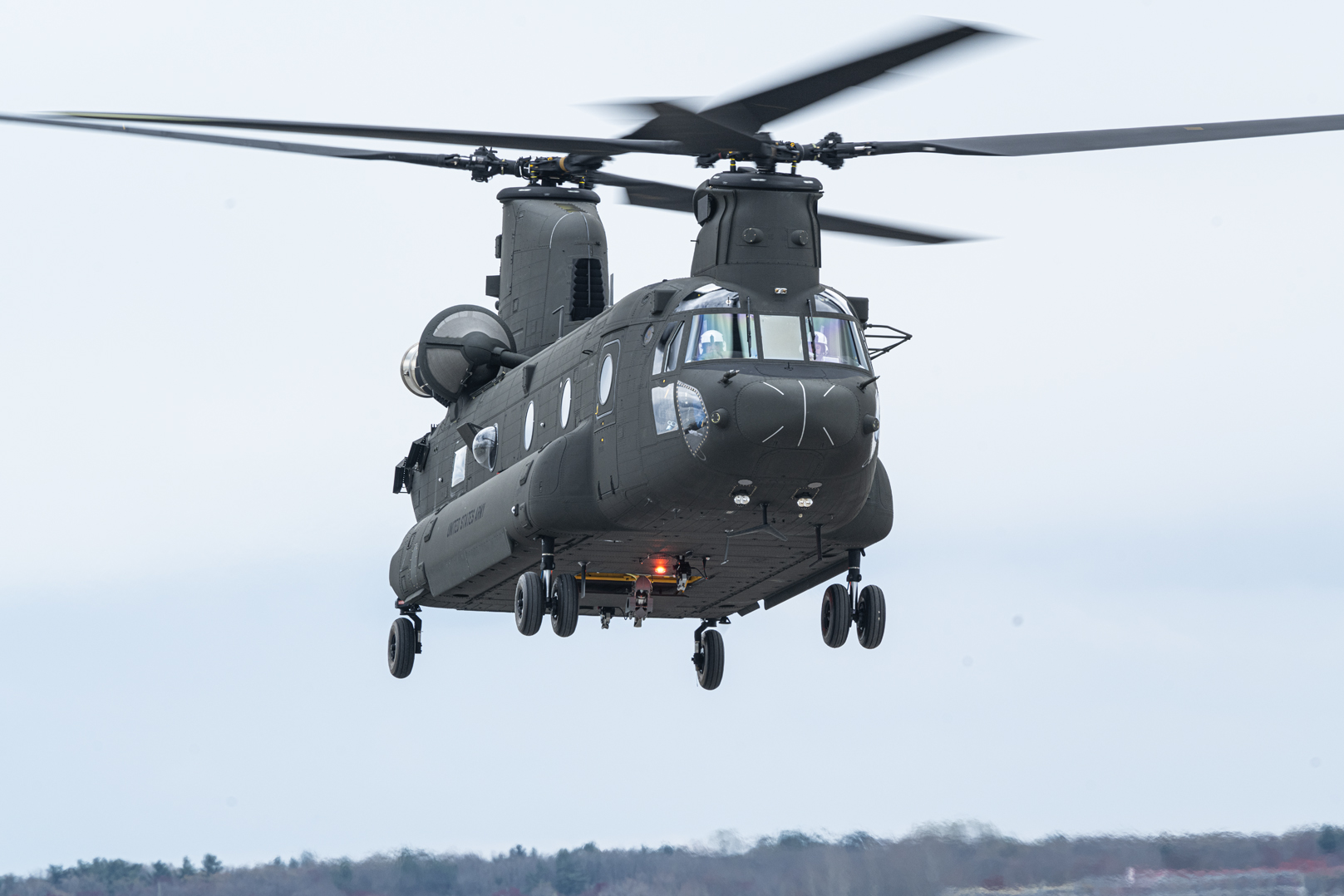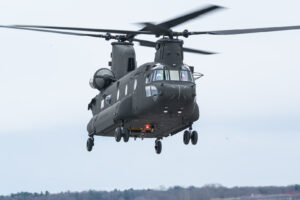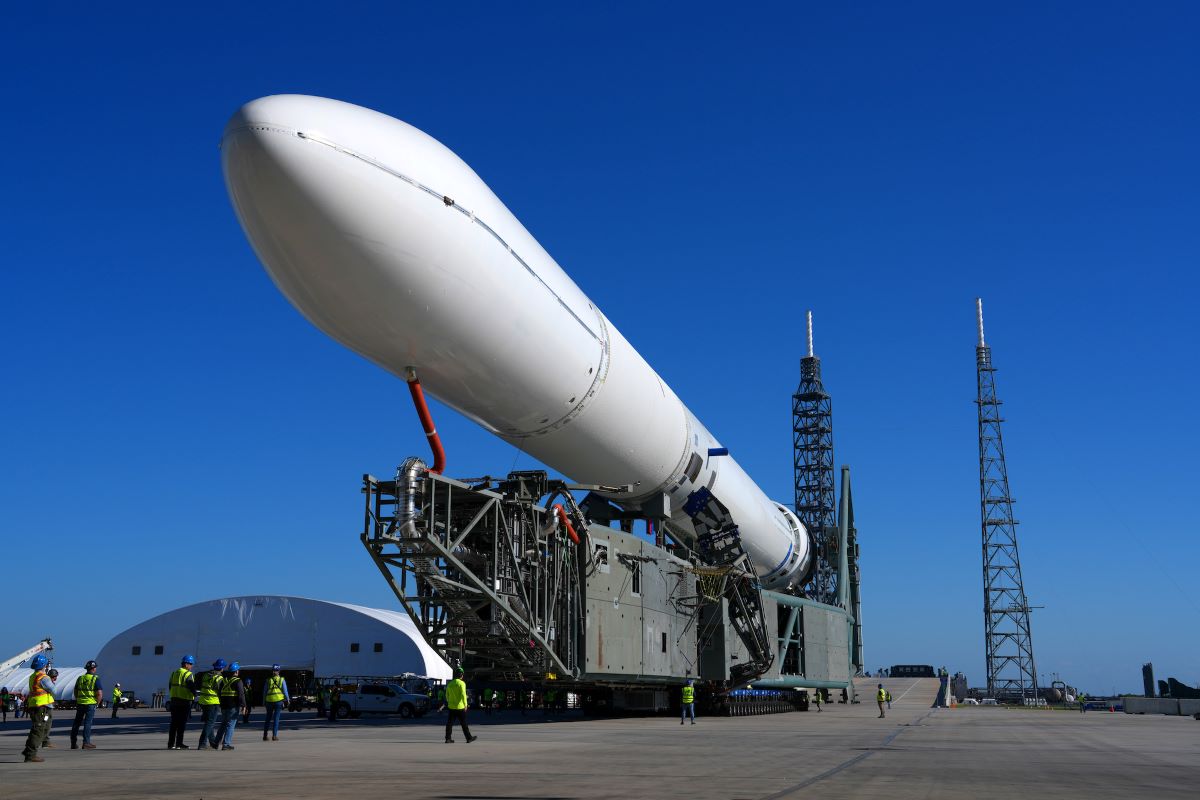President Trump on Thursday said he intends to meet with the leaders of China and Russia to propose that all three nations agree to cut their military budgets “in half.”
Trump added that his intended future talks with Chinese President Xi Jinping and Russian President Vladimir Putin would also focus on denuclearization, adding the U.S. has “no need” to build new nuclear weapons.

“At some point when things settle down, I’m going to meet with China and I’m going to meet with Russia, in particular those two, and I’m going to say, ‘There’s no reason for us to be spending almost a trillion dollars on [the] military. There’s no reason for you to be spending $400 billion,’” Trump told reporters in the Oval Office. “And I’m going to say we can spend this on other things. We don’t have to spend this on [the] military.”
Floating the idea for cutting hundreds of billions in military spending stands in stark contrast to Trump’s own prior remarks and the view among senior GOP lawmakers that the U.S., and its NATO allies, should push to boost defense spending up to five percent of the gross domestic product.
“We’re going to have them spend a lot less money and we’re going to spend a lot less money. And I know they’re going to do it,” Trump said, adding the massive amount of defense dollars could be put toward spending that’s “much more productive.” “And we can do that. And I think we’ll be able to do that.”
Sen. Roger Wicker (R-Miss.), chair of the Senate Armed Services Committee, has previously detailed an agenda to boost U.S. defense spending to five percent of GDP, likely pushing the Pentagon’s topline over the trillion-dollar mark (Defense Daily, May 29 2024).
Secretary of Defense Hegseth earlier on Thursday told reporters NATO’s current burden sharing goal for member nations to spend two percent of GDP on defense is “a start, as President Trump has said, but it’s not enough,” adding that the U.S. current mark of around 3.4% of GDP is a “very robust investment.”
“Any defense minister or secretary of defense that tells you they wouldn’t want more [defense spending] would be lying to you,” Hegseth said during a briefing following a NATO ministerial meeting in Brussels.
Byron Callan, an analyst with Capital Alpha Partners, said the idea of a 50 percent defense spending cut is “fanciful,” and placed the odds at about five percent that it would actually happen sometime before 2028.
“A 50 percent reduction may have outsized impacts on Republican-majority states, including Texas, Florida, Alabama, Mississippi, and the central U.S. Slashing the military would reduce personnel based in those states and impact employment because of contractor reductions. Without a plan to retrain and repurpose people and facilities, there will be harsh economic consequences,” Callan wrote in a note on Trump’s remarks. “We have no idea where Trump’s 50 percent cut would fall. Nuclear weapons/strategic forces are relatively small parts of the total budget.”
Trump said the future talks with Russia and China would include reducing the size of nuclear arsenals, adding he wants to build on previous denuclearization talks he held with Xi Jinping during his first administration.
“There’s no reason for us to be building brand new nuclear weapons. We already have so many you could destroy the world 50-times over, 100-times over,” Trump said. “Hopefully there will never be a time when we need those weapons. If there’s ever a time when we need nuclear weapons like the kind of weapons that we’re building and that Russia has and that China has to a lesser extent but will have, that’s going to be a very sad day. That’s going to be probably oblivion.”
The Pentagon is currently pursuing several major nuclear modernization efforts, to include the Air Force’s Sentinel program with Northrop Grumman the build the future intercontinental ballistic missile and the Navy’s effort to develop a Nuclear-Armed Sea-Launched Cruise Missile (SLCM-N).
“China showed no interest in joining strategic arms limitation talks the Trump Administration proposed in 2019-20 as its strategic nuclear forces were a fraction of the U.S. and Russia. It still has a long gap to close,” Callan wrote.










